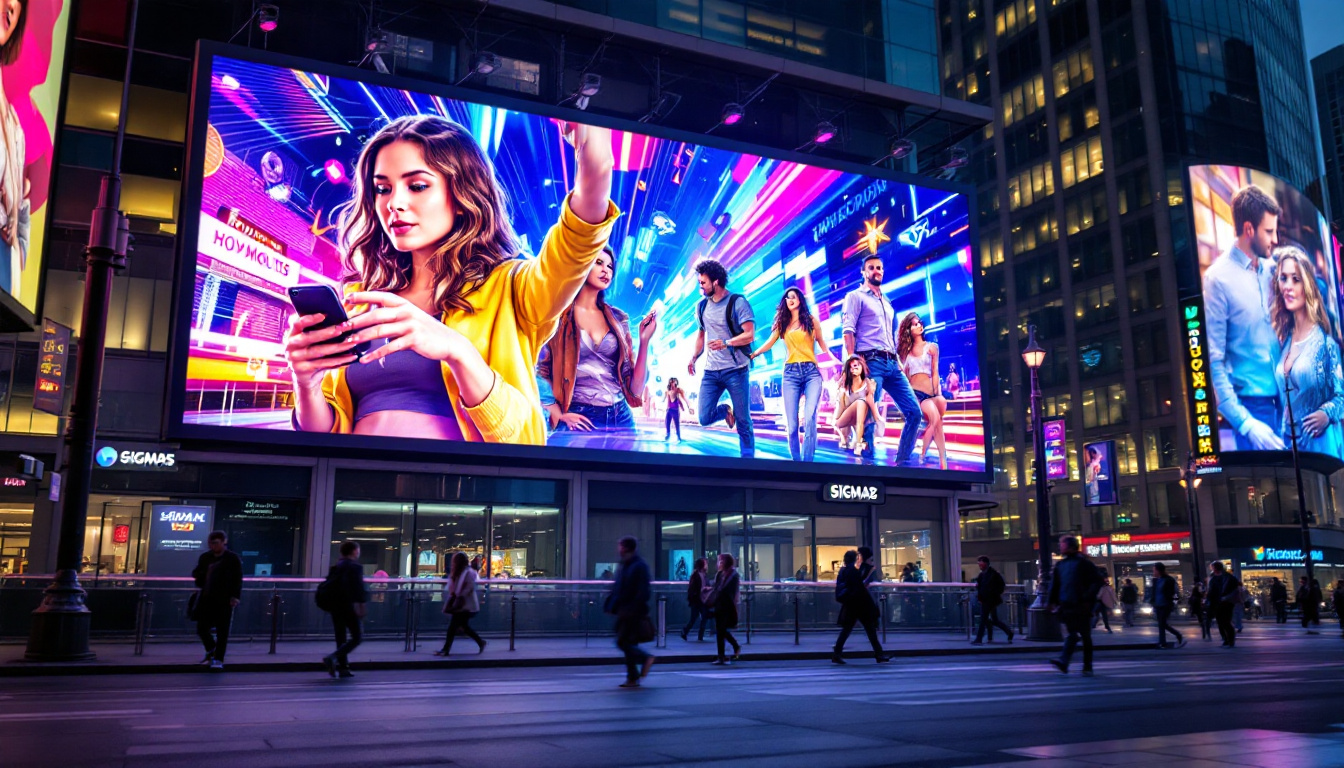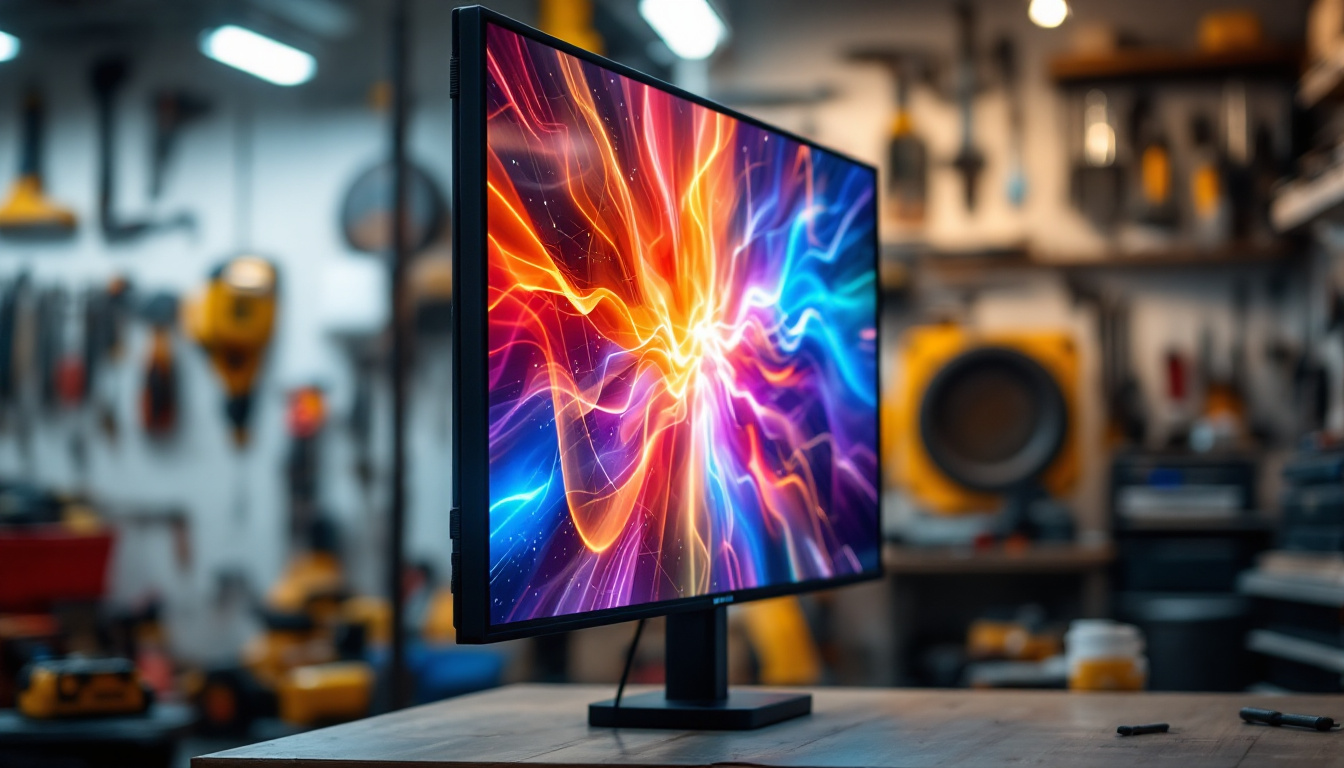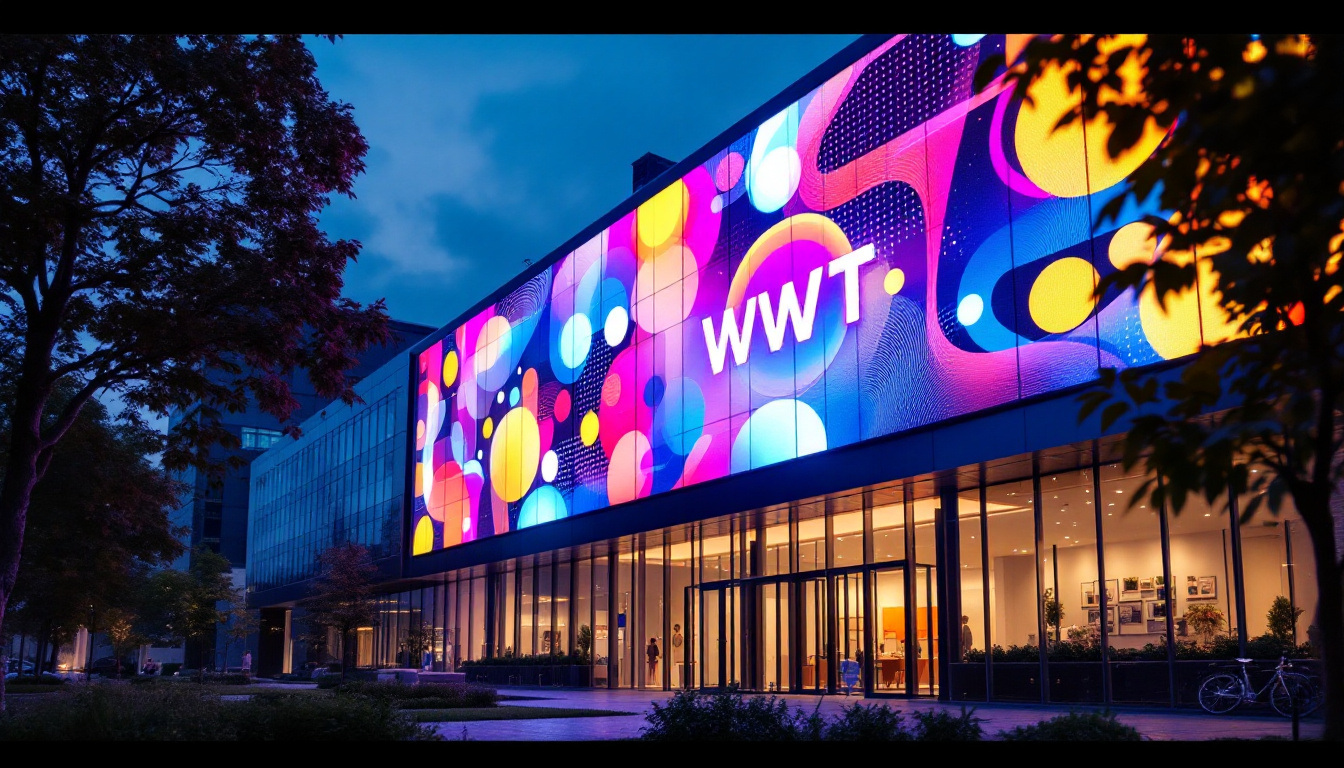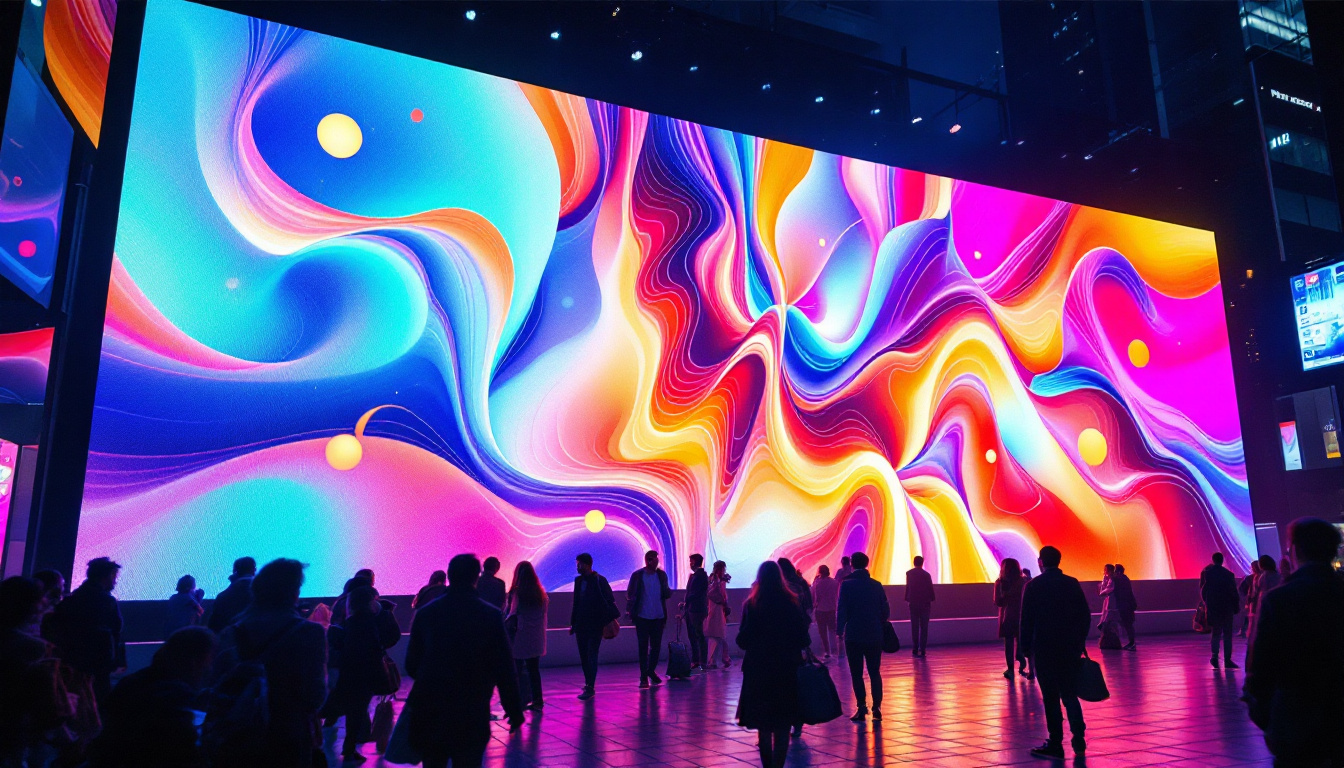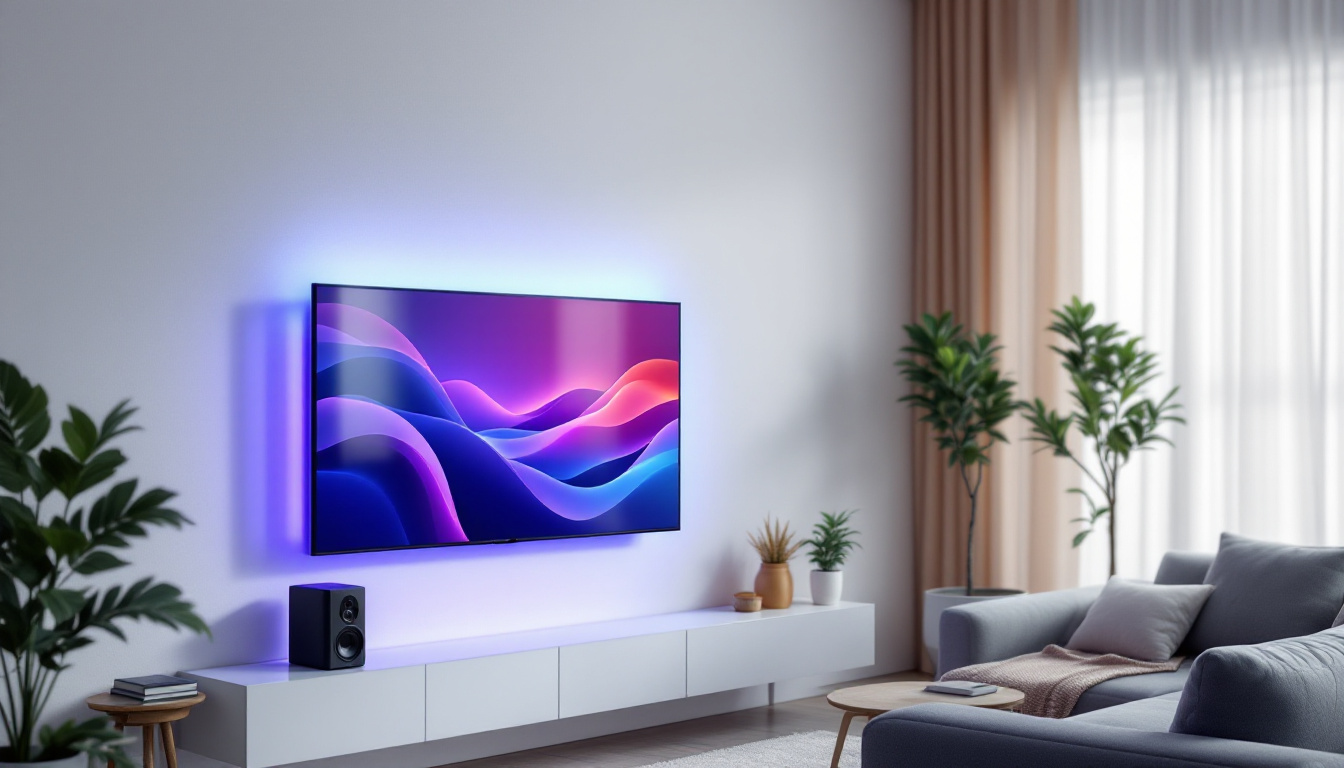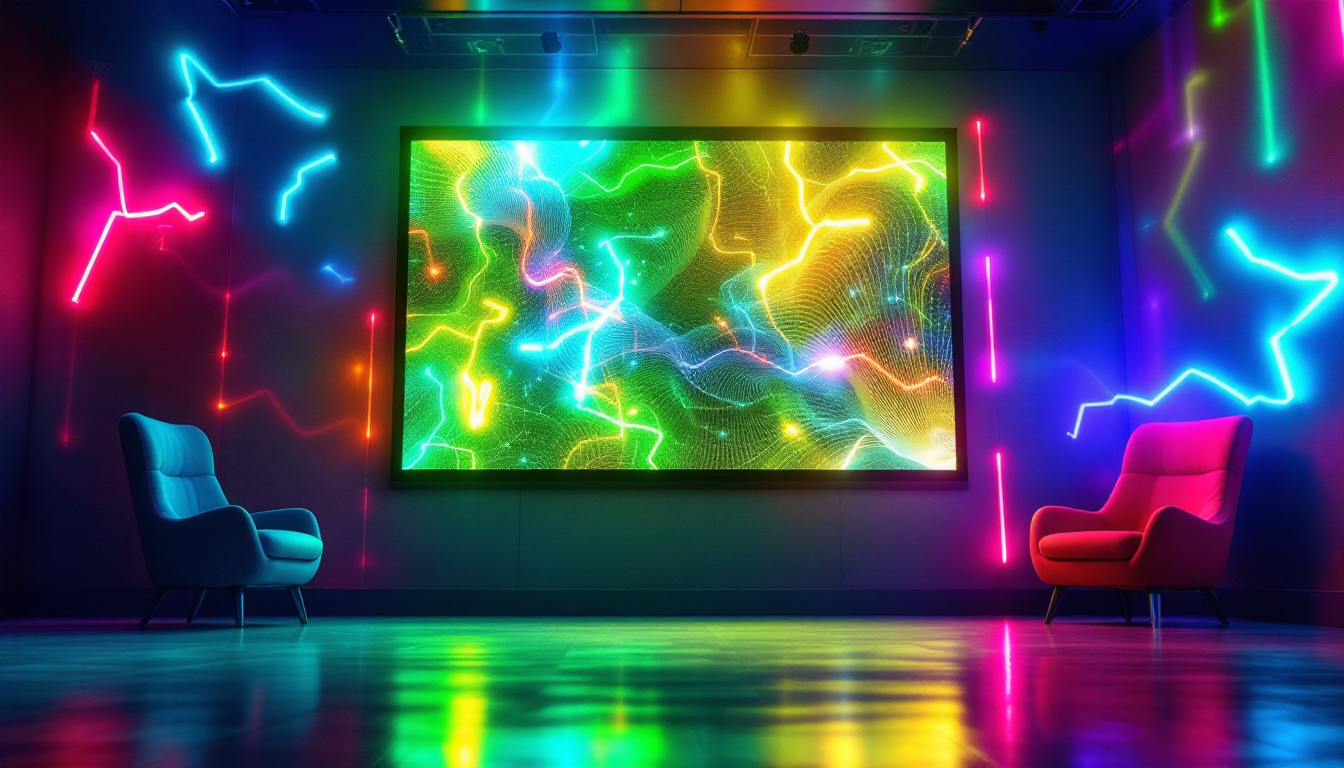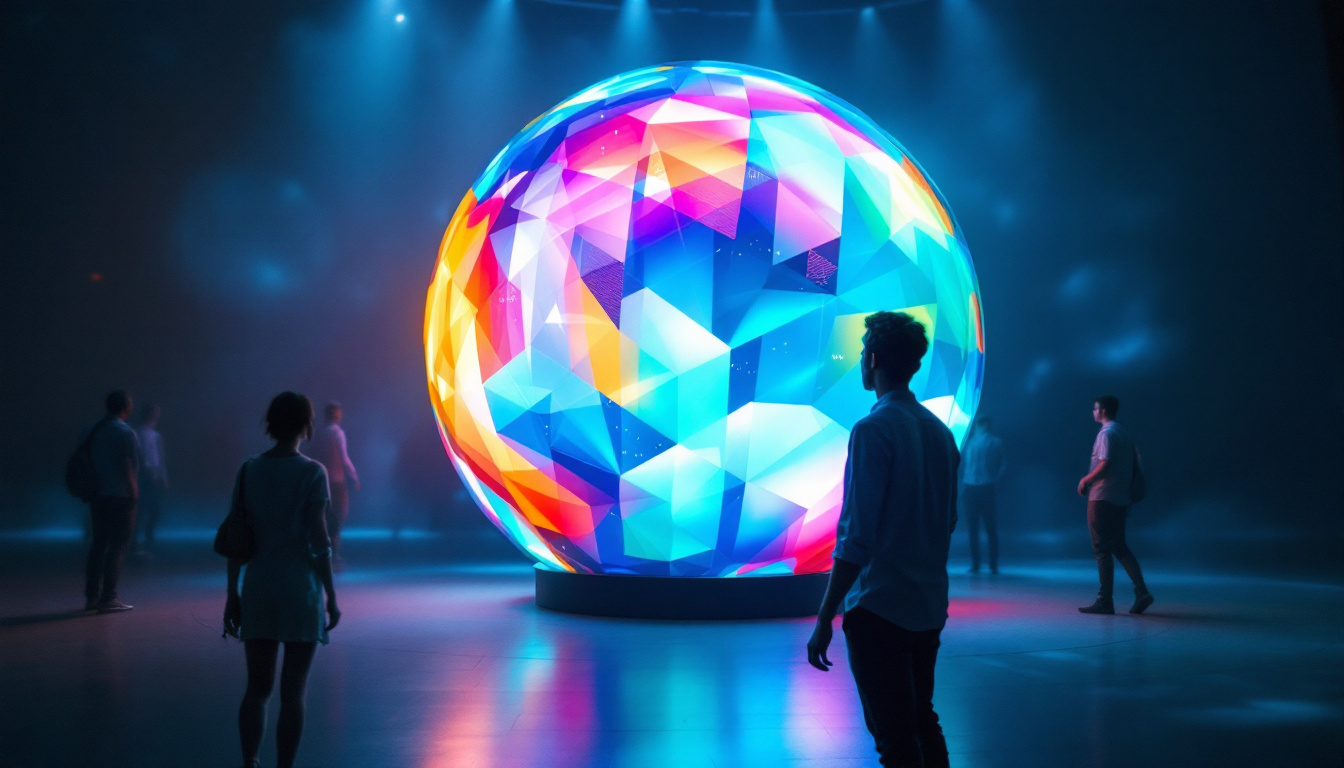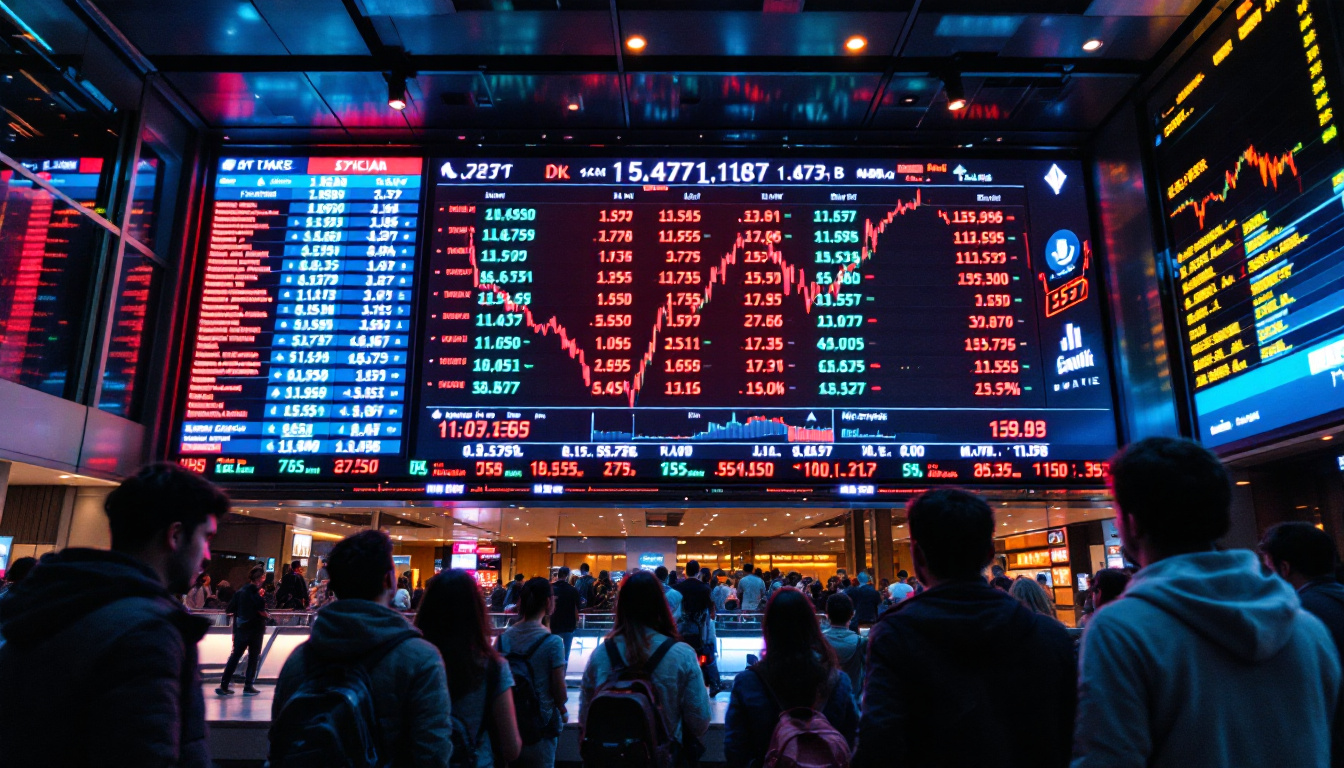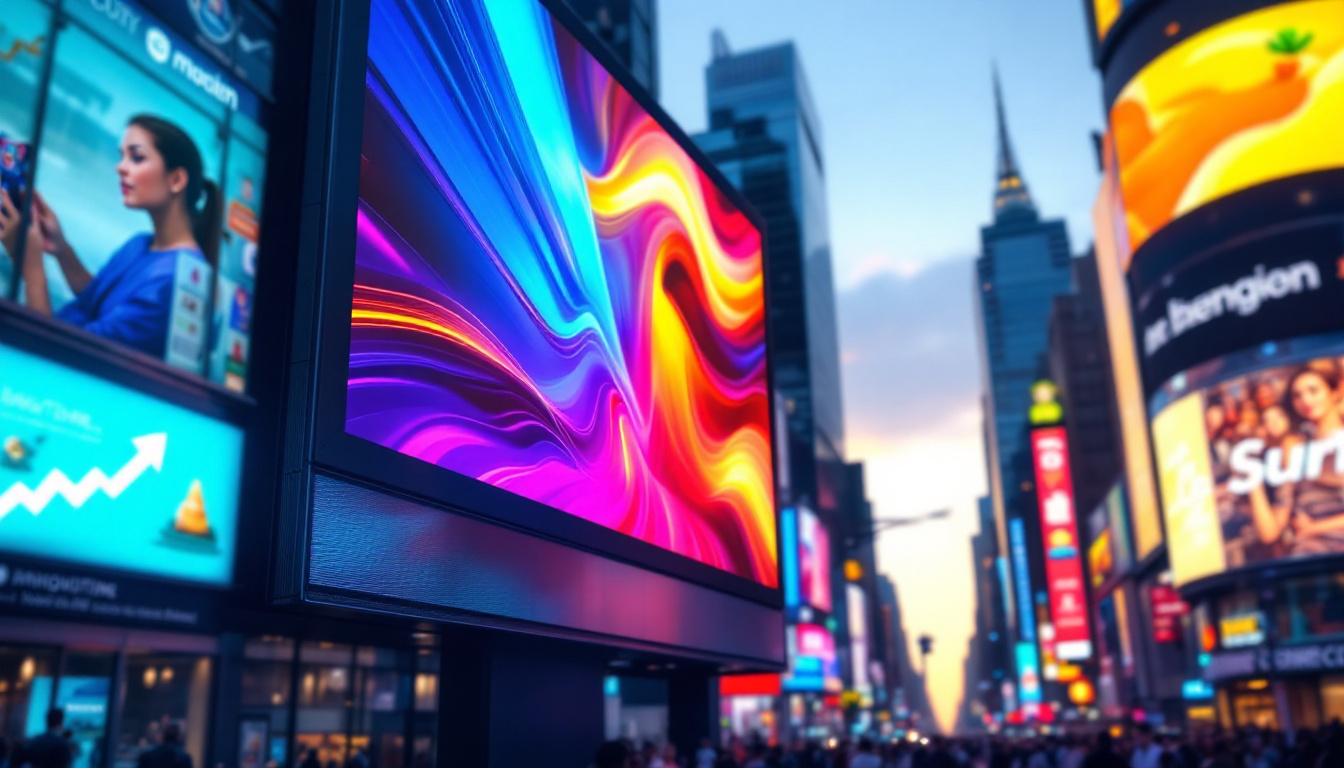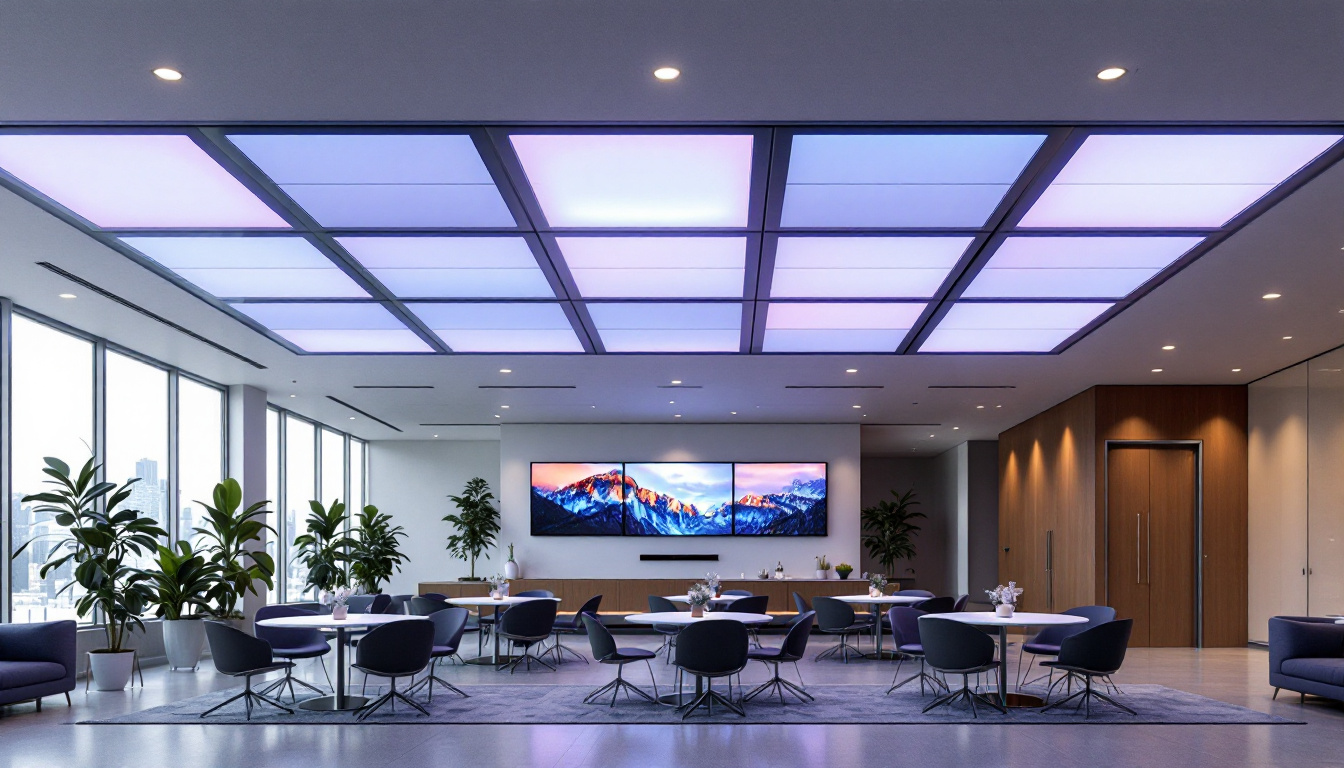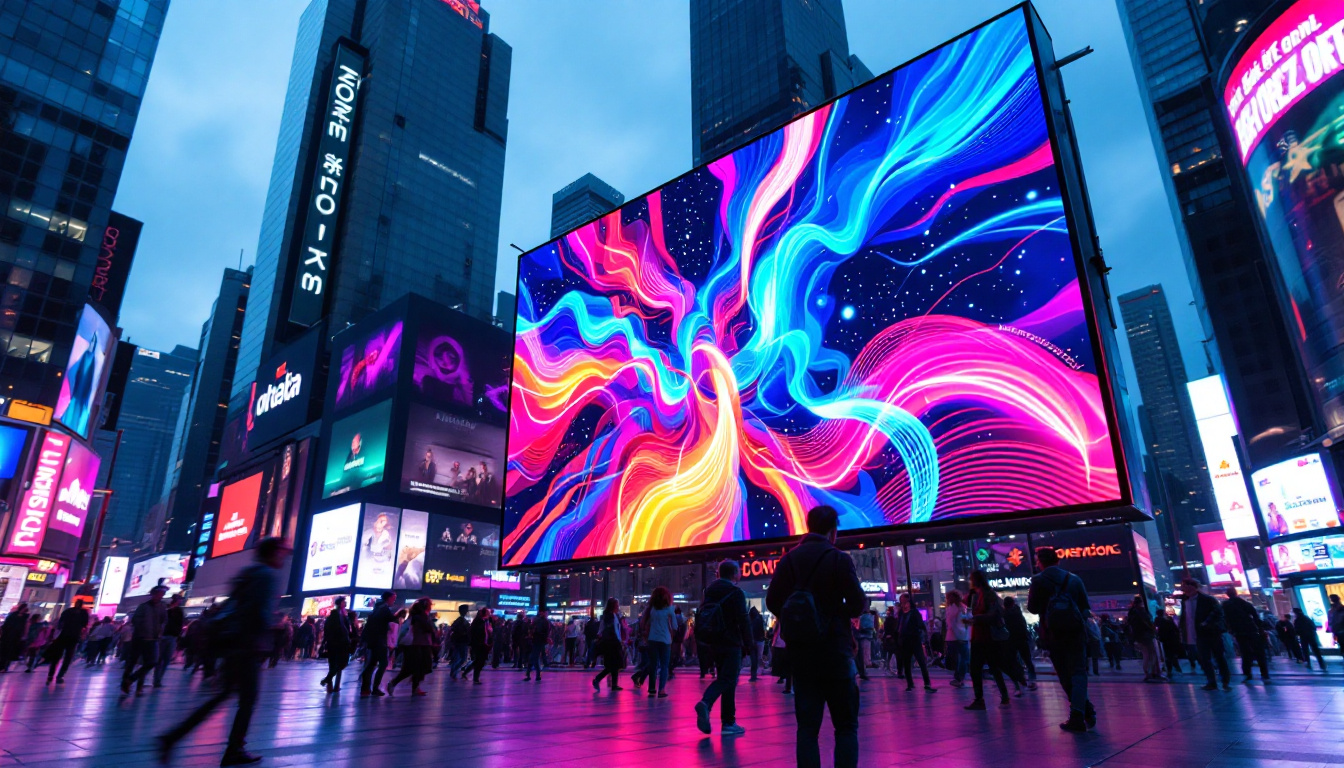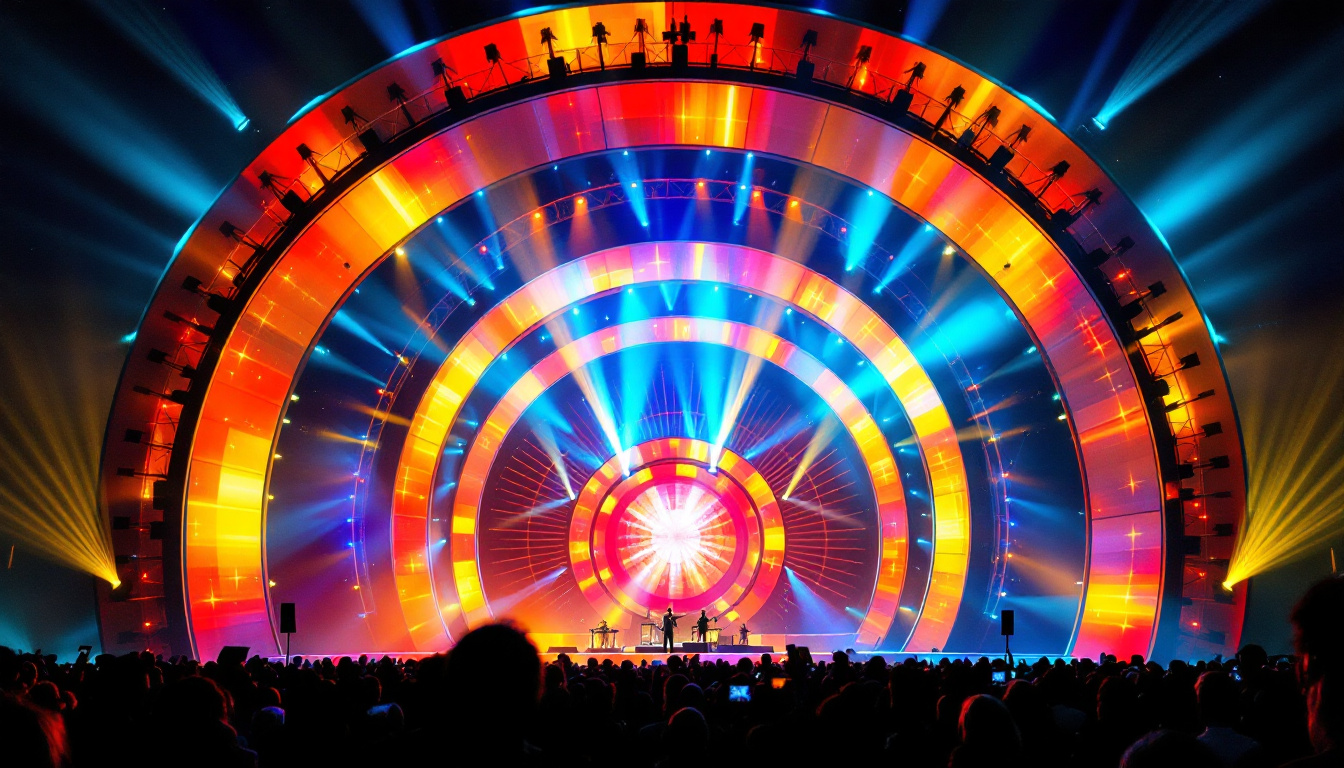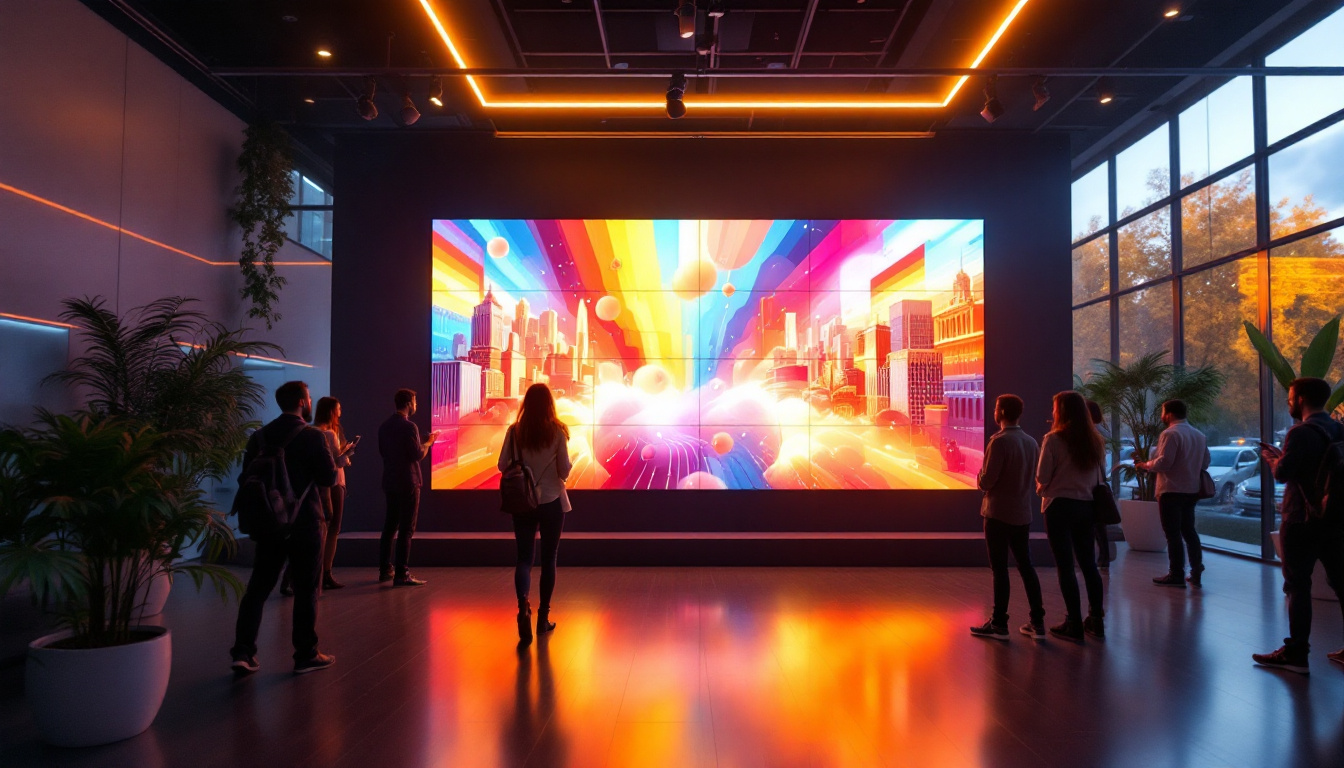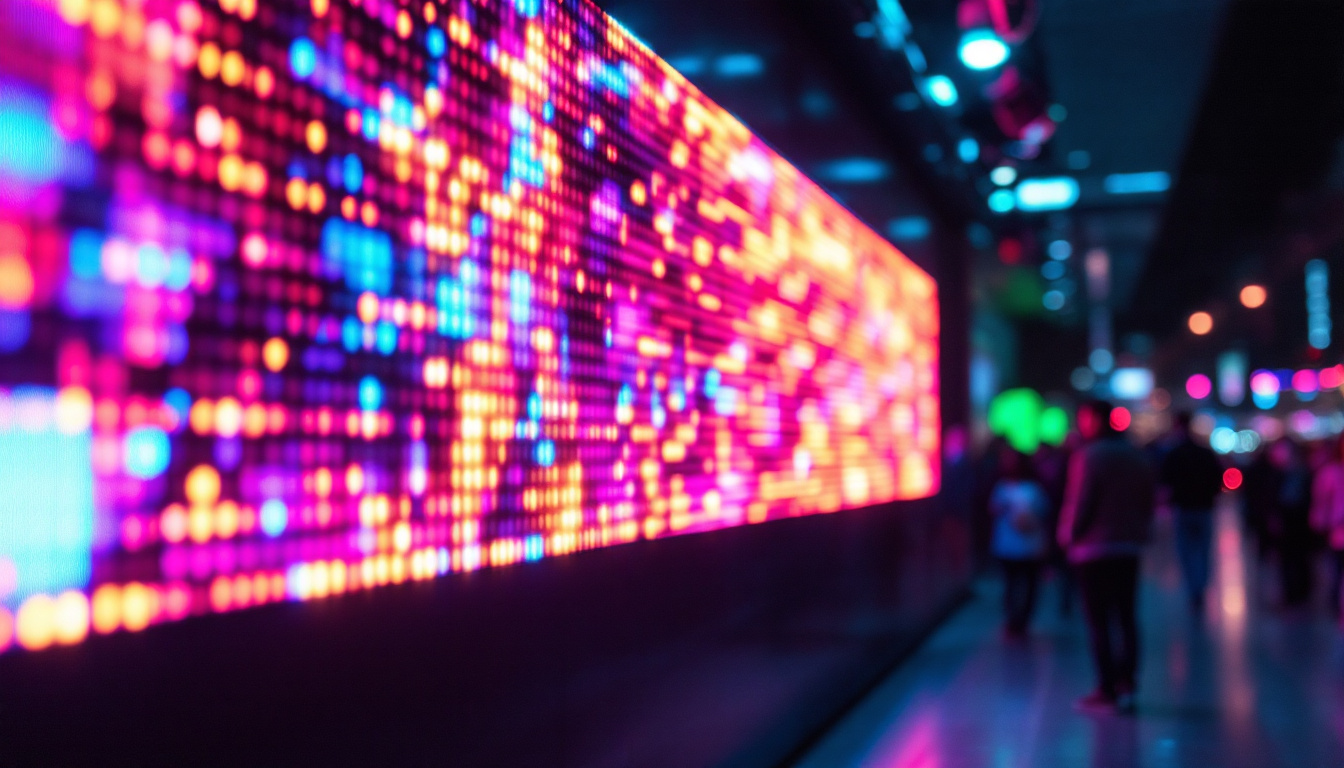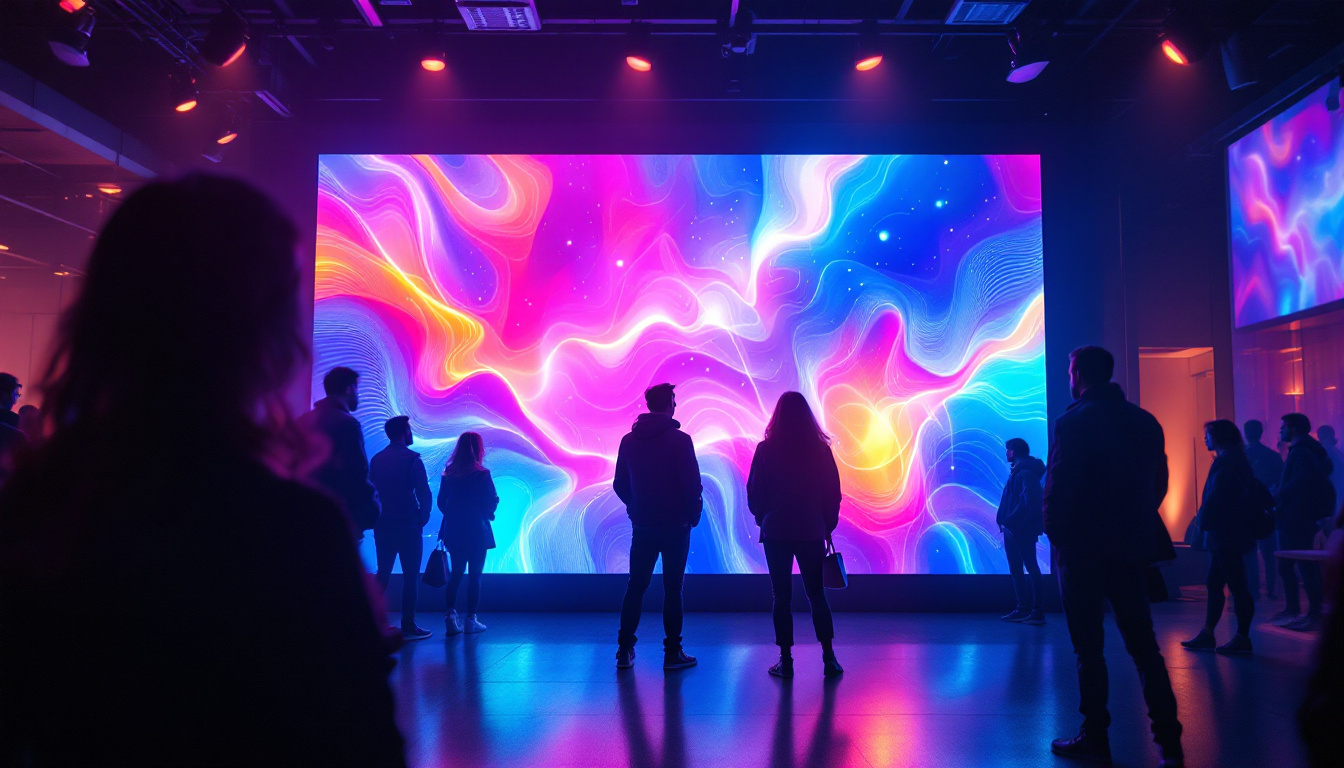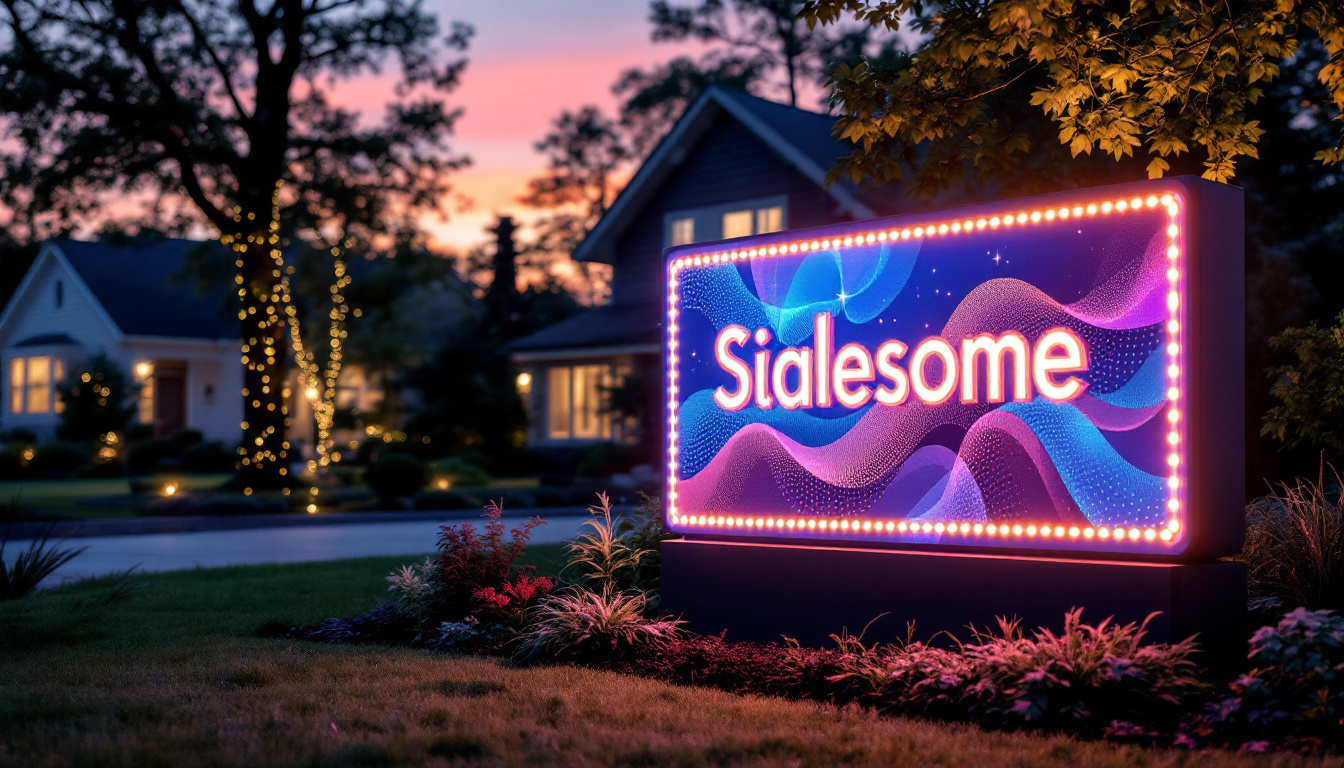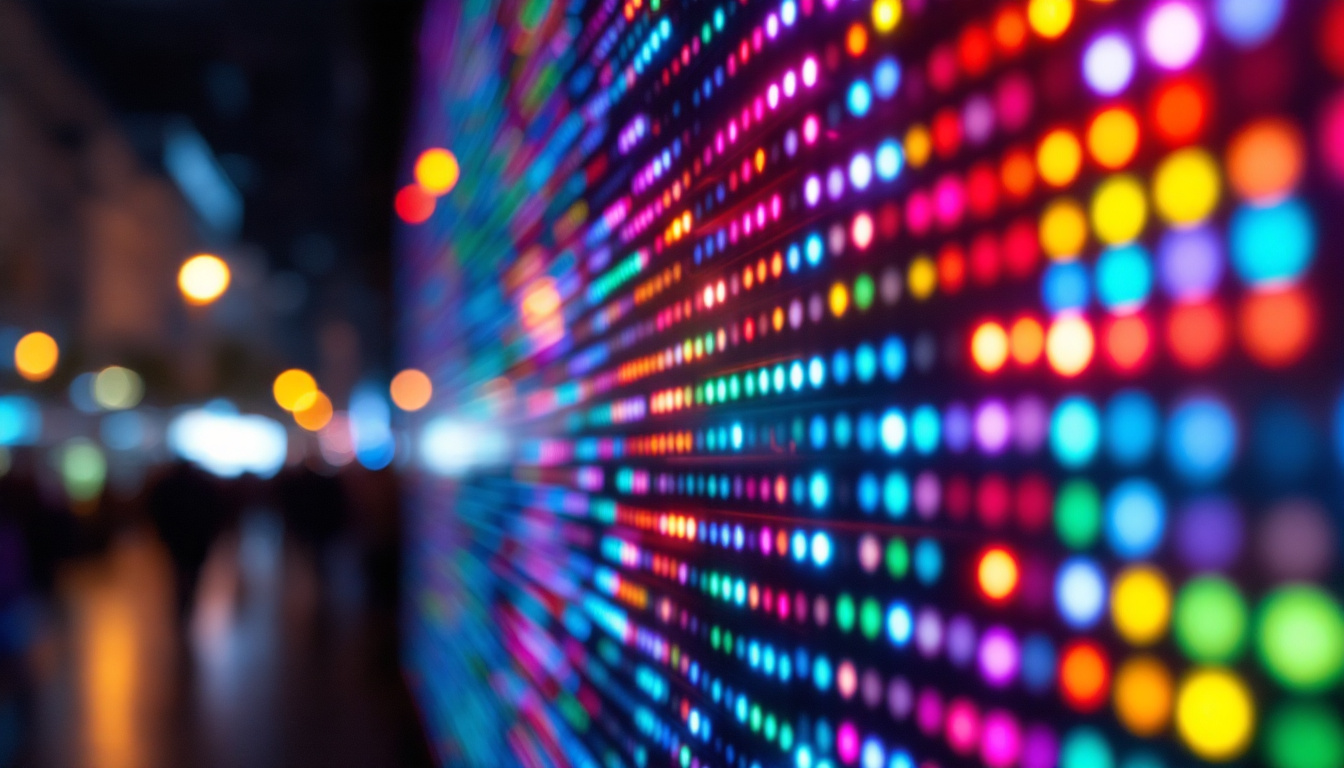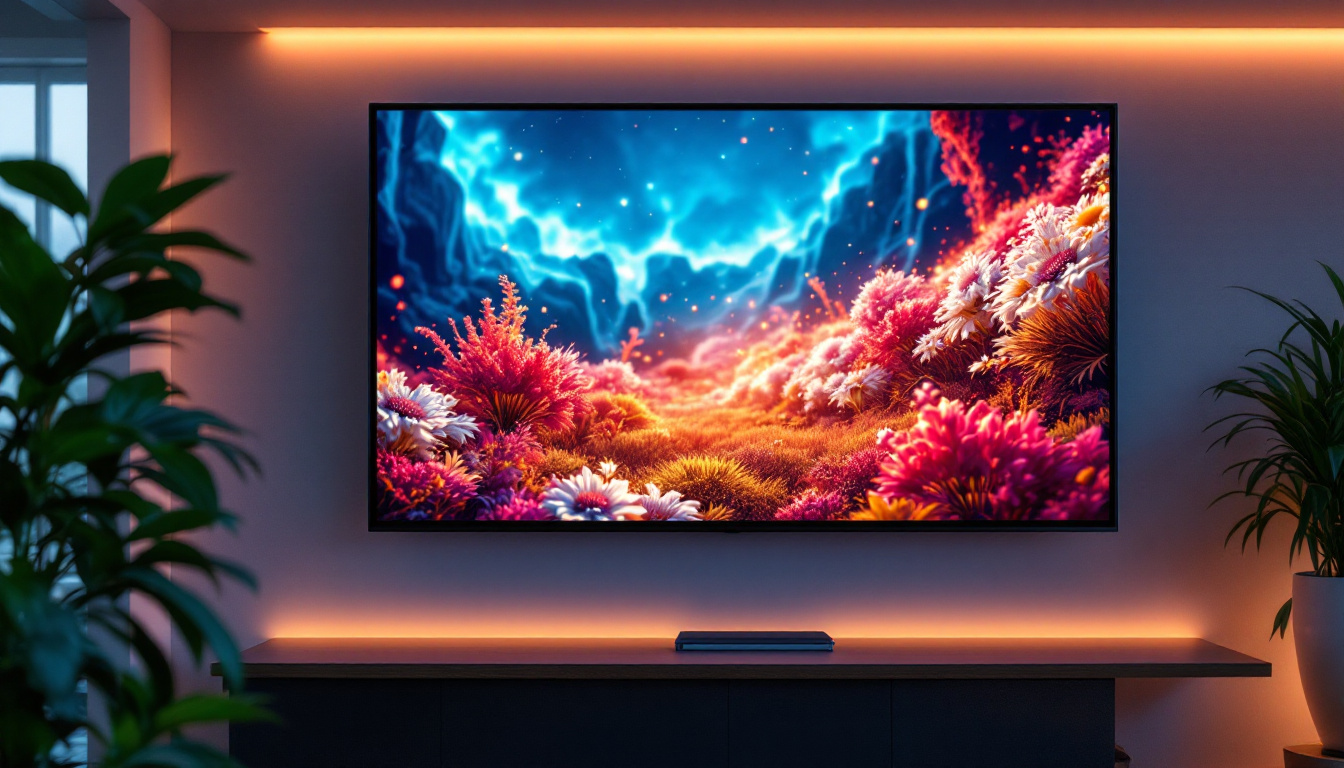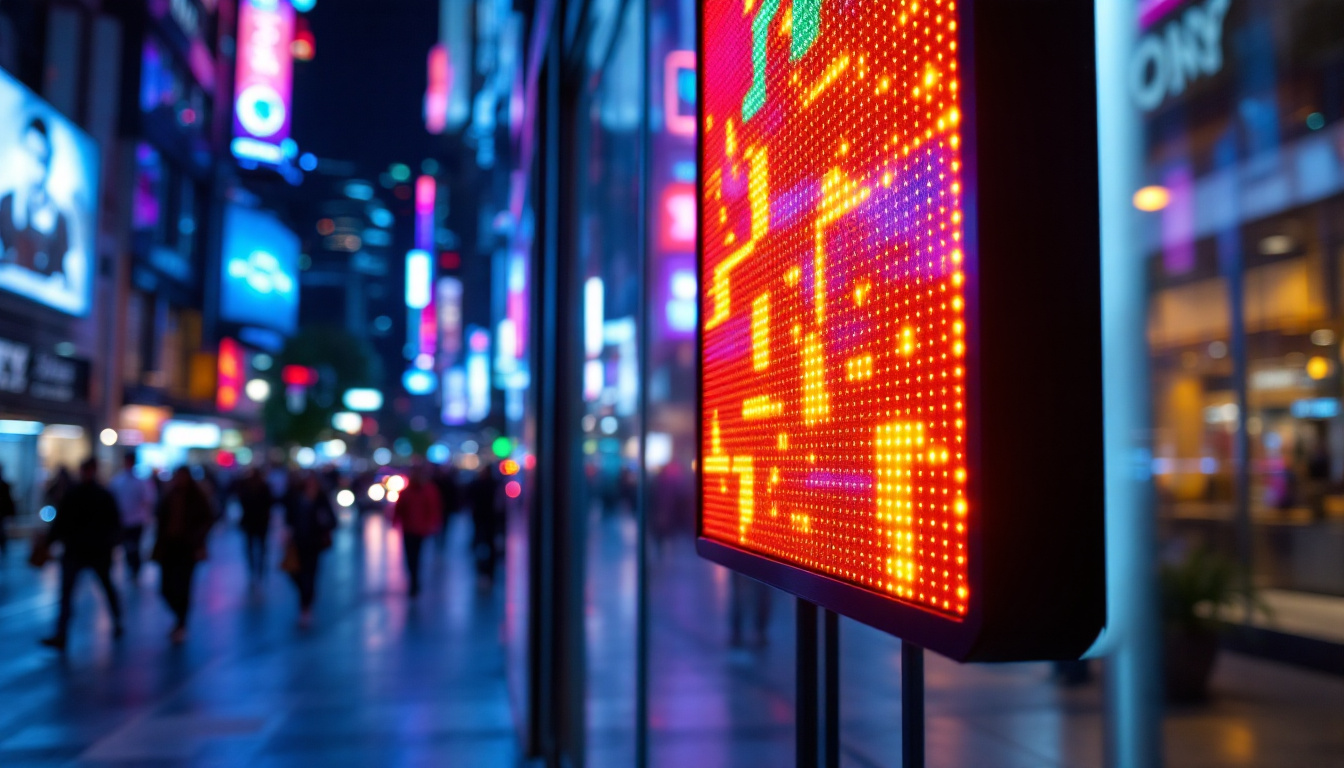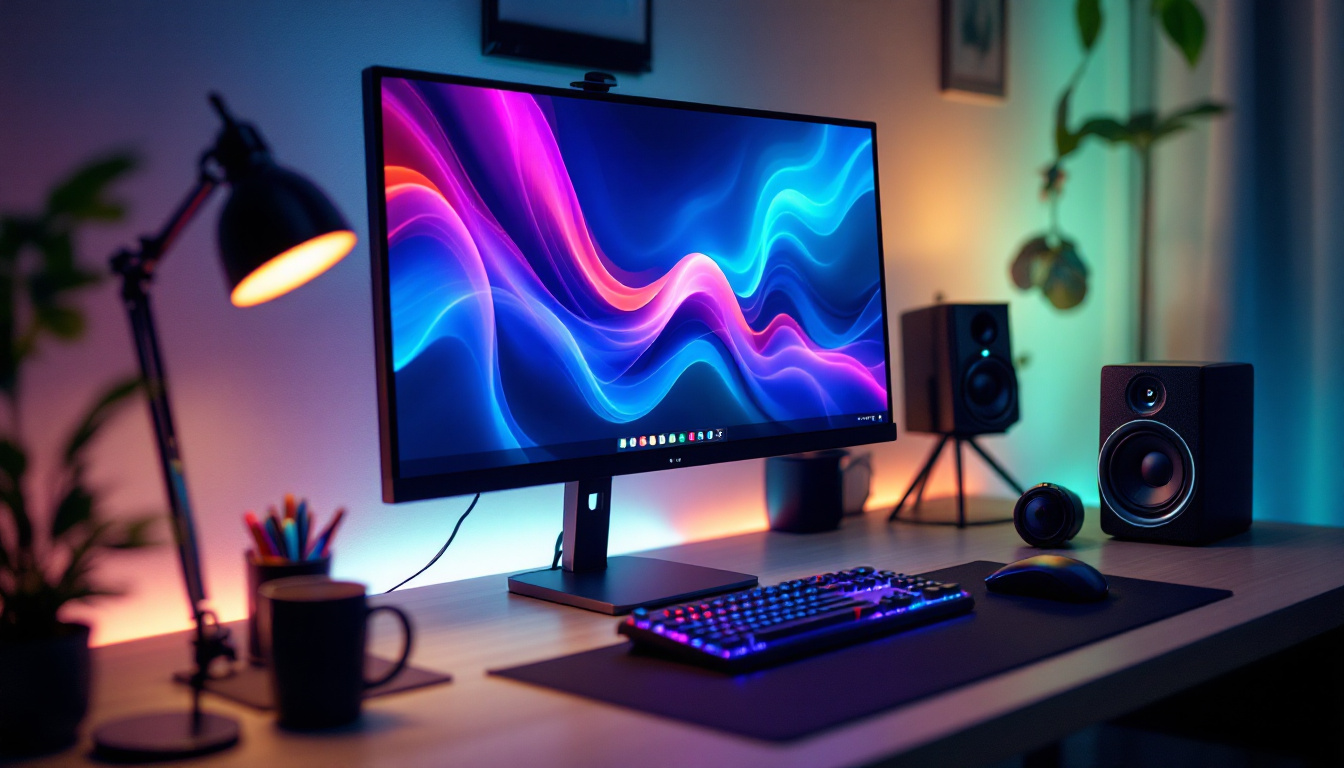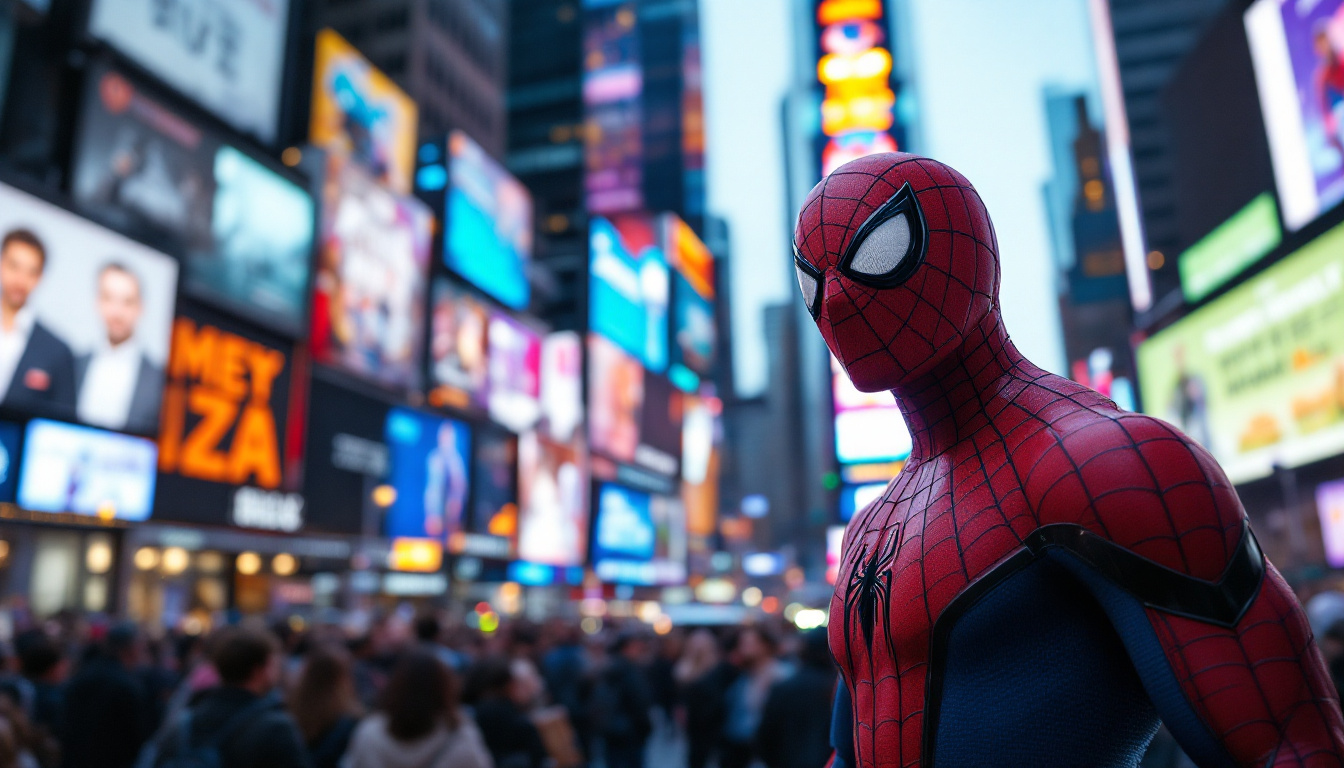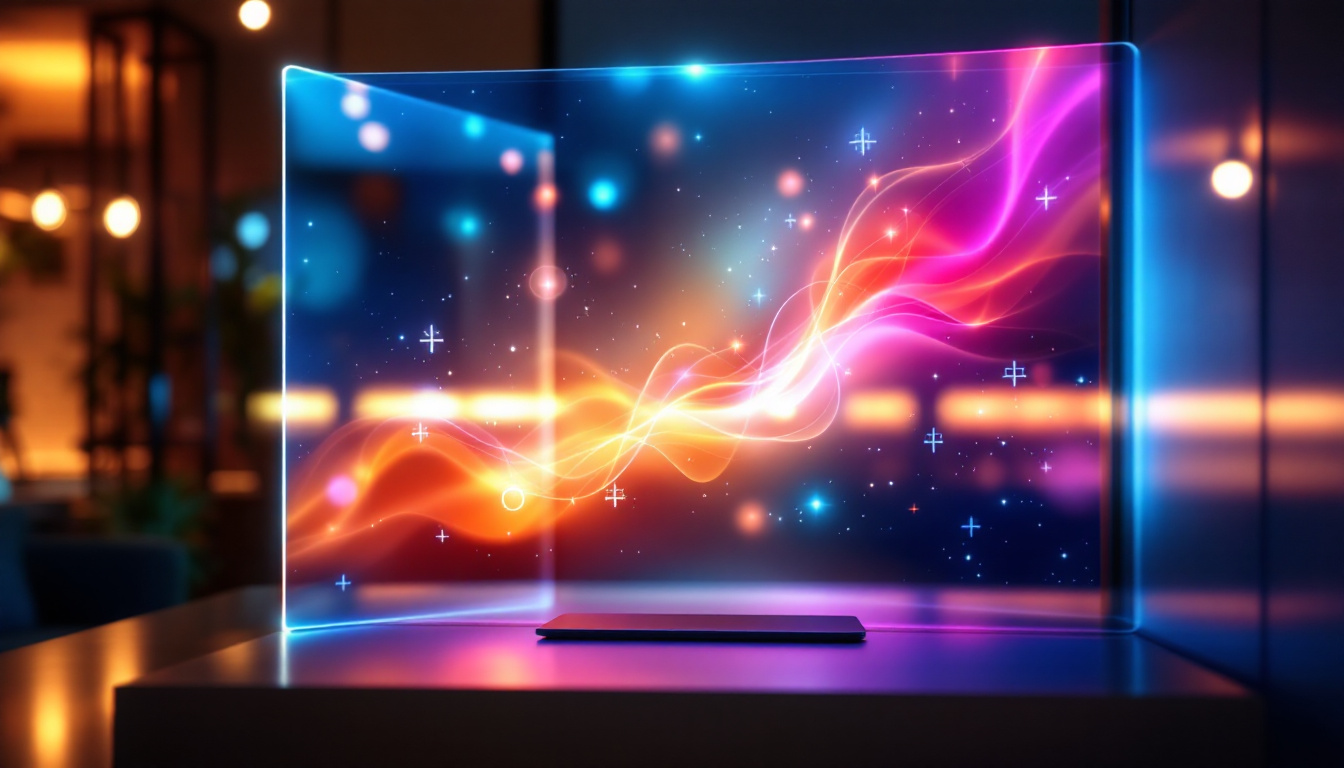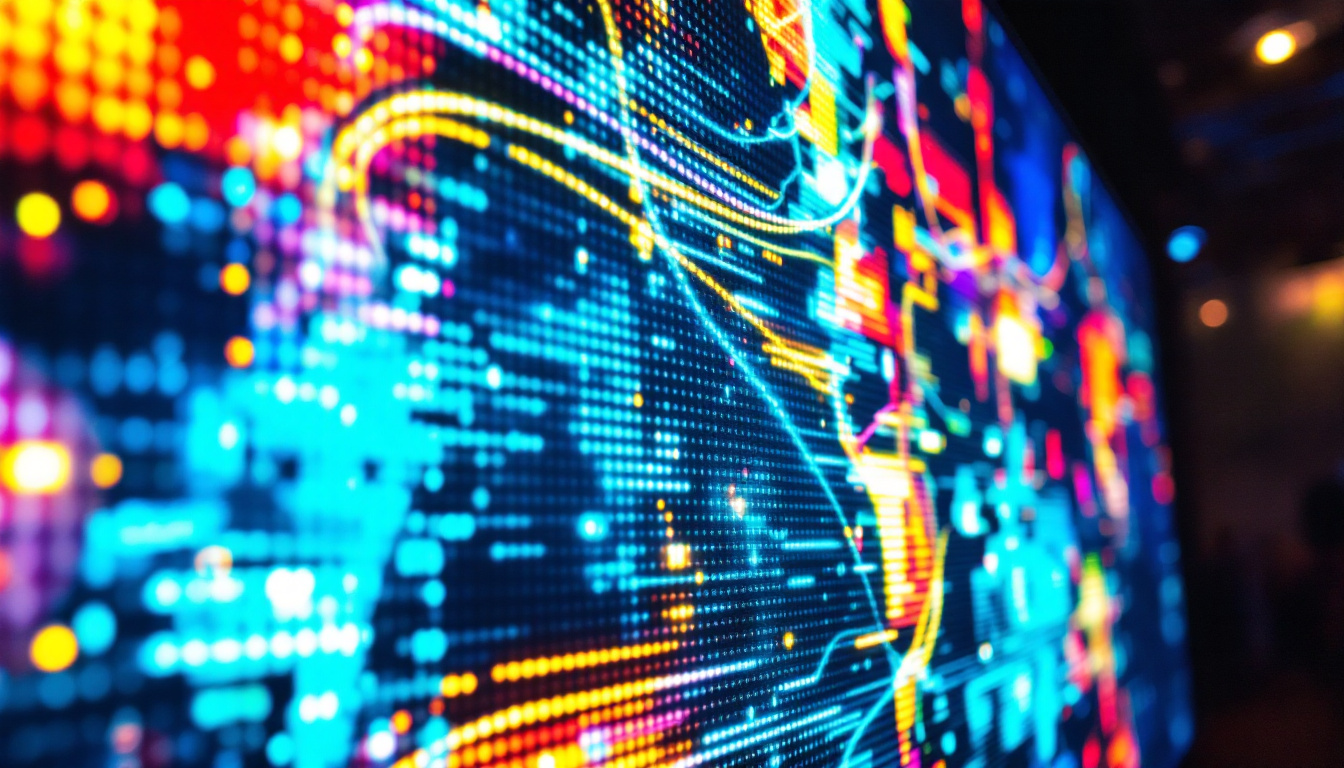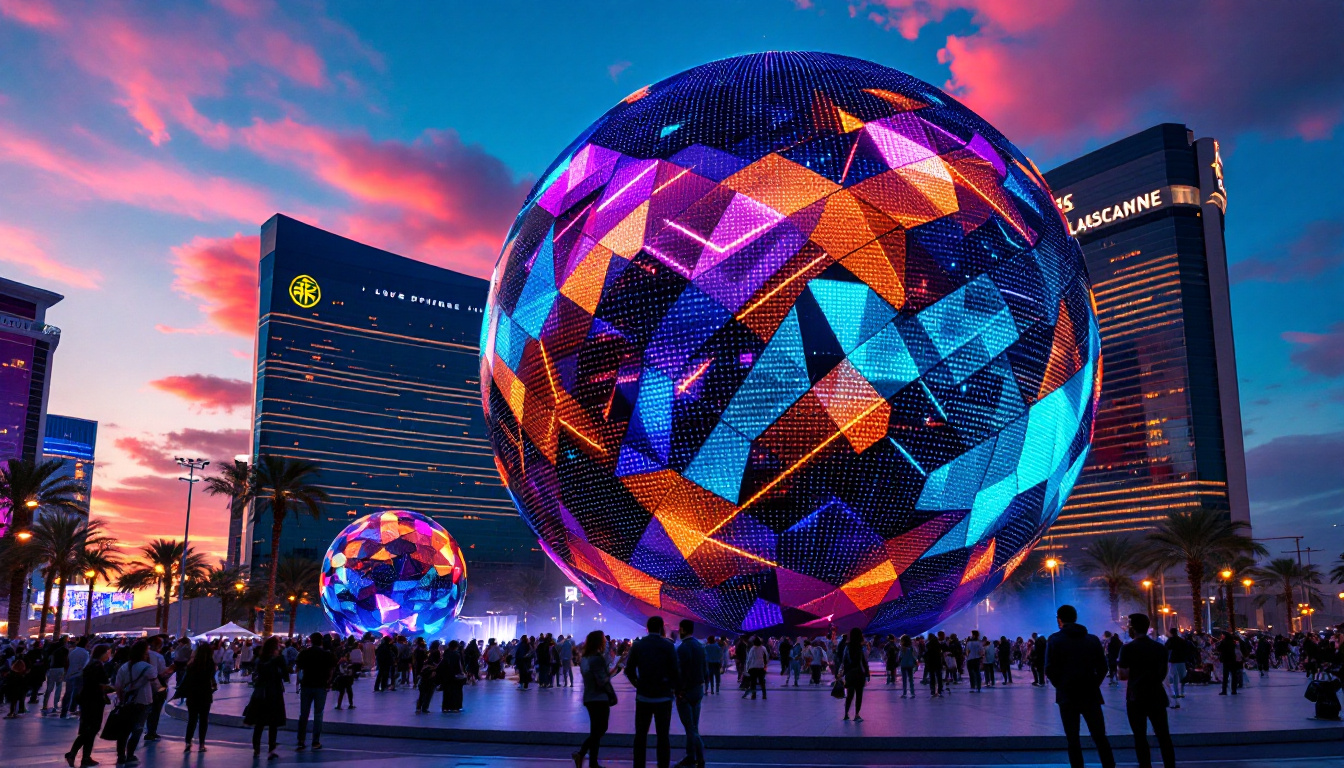In the ever-evolving landscape of advertising, billboards have remained a staple medium for brands seeking visibility. Among the various types of billboards, LED displays have gained significant traction due to their dynamic nature and visual appeal. This article delves into the effectiveness of LED billboards, exploring their advantages, challenges, and the science behind their impact on consumer behavior.
The Evolution of Billboards
Billboards have transformed dramatically since their inception. Initially, they were static, painted advertisements that relied on simple graphics and text. However, with advancements in technology, the introduction of LED displays has revolutionized the way brands communicate with their audience.
From Static to Dynamic
The shift from traditional static billboards to LED displays marks a significant evolution in advertising strategies. Static billboards, while effective, had limitations in terms of content updates and engagement. LED billboards, on the other hand, allow for real-time updates and dynamic content, making them more appealing to consumers.
This dynamic nature means that advertisers can rotate multiple ads on a single billboard, maximizing exposure and targeting different demographics at various times of the day. This flexibility is particularly beneficial in urban environments where foot traffic varies significantly. For instance, a billboard can display a morning coffee promotion during rush hour and switch to an evening happy hour advertisement as the sun sets, effectively capturing the attention of different audiences throughout the day.
Technological Advancements
Technological innovations have played a crucial role in the rise of LED billboards. High-resolution displays, improved brightness, and energy efficiency have made LED billboards more accessible and effective. These advancements not only enhance visual quality but also reduce operational costs, making them an attractive option for advertisers.
Moreover, the integration of smart technology allows for data-driven advertising. Advertisers can analyze traffic patterns and audience demographics, tailoring content to specific times and locations. This level of customization increases the likelihood of engagement and, ultimately, conversions. For example, some billboards are now equipped with sensors that detect weather conditions, enabling them to display ads for umbrellas during rain or sunscreen on sunny days. This responsiveness not only captivates viewers but also fosters a sense of relevance and immediacy that static ads simply cannot achieve.
In addition to these advancements, the rise of interactive billboards has further enhanced consumer engagement. Some billboards now incorporate touch screens or augmented reality features, allowing passersby to interact with the advertisement directly. This interactivity not only draws attention but also encourages social sharing, as consumers are more likely to capture and post their experiences on social media platforms. Such innovations are reshaping the landscape of outdoor advertising, making it a more immersive and participatory experience for the audience.
The Effectiveness of LED Billboards
Understanding whether LED billboards work effectively requires a closer examination of their impact on consumer behavior and brand visibility. Numerous studies and anecdotal evidence suggest that LED displays can significantly enhance advertising effectiveness.
Increased Visibility and Engagement
One of the primary advantages of LED billboards is their ability to capture attention. The bright, vibrant colors and motion graphics are more likely to draw the eye compared to static advertisements. Research indicates that moving images can increase recall rates by up to 82%, making LED displays a powerful tool for brand recognition.
Additionally, the ability to change content frequently allows brands to keep their messaging fresh and relevant. This constant evolution not only maintains consumer interest but also encourages repeat viewings, further solidifying brand presence in the minds of potential customers.
Targeted Advertising
LED billboards can be strategically placed in high-traffic areas, ensuring that advertisements reach a relevant audience. By analyzing data on foot traffic and demographics, advertisers can tailor their messages to resonate with specific groups. For instance, a restaurant might display lunch specials during midday hours when office workers are likely to be passing by.
This targeted approach enhances the efficiency of advertising campaigns, as brands can reach the right audience at the right time, increasing the chances of conversion. The ability to adapt messaging based on real-time data further amplifies this effect.
Challenges of LED Billboards
While LED billboards offer numerous advantages, they are not without challenges. Understanding these obstacles is crucial for businesses considering this advertising medium.
Cost Considerations
One of the most significant barriers to entry for LED billboards is the initial investment. The cost of purchasing and installing LED displays can be substantial, particularly for smaller businesses. Additionally, ongoing maintenance and electricity costs can add to the overall expense.
However, many businesses find that the return on investment justifies these costs, especially when considering the increased visibility and engagement that LED billboards can provide. For larger companies with substantial marketing budgets, the expense is often viewed as a worthwhile investment in brand visibility.
Regulatory Challenges
Another challenge faced by LED billboards is the regulatory environment. Many cities have strict regulations governing outdoor advertising, particularly concerning brightness levels, content, and placement. Navigating these regulations can be complex and time-consuming, requiring businesses to stay informed about local laws.
Failure to comply with these regulations can result in fines or the removal of the billboard, which can be detrimental to advertising campaigns. Therefore, it is essential for businesses to conduct thorough research and possibly consult with legal experts when planning to utilize LED billboards.
The Science Behind LED Billboards
The effectiveness of LED billboards is not just a matter of opinion; it is backed by research in psychology and consumer behavior. Understanding the science behind their impact can provide valuable insights for advertisers.
Visual Attention and Memory
Research in cognitive psychology indicates that visual stimuli play a crucial role in capturing attention and enhancing memory retention. LED billboards, with their bright colors and motion graphics, are designed to exploit these principles. The human brain is wired to respond to movement and vivid colors, making LED displays more effective at capturing attention compared to static images.
Studies have shown that advertisements displayed on LED billboards are more likely to be remembered by consumers, leading to higher brand recall rates. This is particularly important in a world where consumers are bombarded with advertising messages daily.
Emotional Engagement
Emotional engagement is another critical factor in advertising effectiveness. LED billboards can evoke emotions through storytelling, visuals, and sound. Advertisements that resonate emotionally with consumers are more likely to drive action, whether that be visiting a website, making a purchase, or sharing the content on social media.
By leveraging the power of emotional storytelling, brands can create a deeper connection with their audience, fostering loyalty and encouraging repeat business. This emotional engagement is a powerful tool that can amplify the effectiveness of LED billboard advertising.
Case Studies: Success Stories with LED Billboards
Examining real-world examples of successful LED billboard campaigns can provide valuable insights into their effectiveness. Various brands have harnessed the power of LED displays to achieve remarkable results.
Case Study 1: Coca-Cola
Coca-Cola has long been a pioneer in innovative advertising. One of their notable campaigns involved a series of LED billboards that displayed real-time social media interactions. As consumers tweeted or posted about Coca-Cola, their messages would appear on the billboard, creating a sense of community and engagement.
This campaign not only increased brand visibility but also fostered a connection with consumers, encouraging them to engage with the brand on social media. The result was a significant boost in brand loyalty and sales during the campaign period.
Case Study 2: McDonald’s
McDonald’s has also effectively utilized LED billboards to promote limited-time offers and seasonal items. By displaying eye-catching graphics and animations, they successfully captured the attention of passersby and drove foot traffic to their locations.
One campaign featured a countdown timer for a limited-time burger, creating a sense of urgency among consumers. This strategic use of LED displays not only increased sales but also reinforced the brand’s image as a fun and dynamic fast-food option.
Future Trends in LED Billboard Advertising
The future of LED billboard advertising looks promising, with several emerging trends poised to shape the industry. As technology continues to advance, advertisers must stay ahead of the curve to maximize their impact.
Integration with Digital Marketing
As digital marketing continues to evolve, the integration of LED billboards with online campaigns is becoming increasingly important. Brands are beginning to synchronize their billboard advertising with social media and online promotions, creating a cohesive marketing strategy that spans multiple platforms.
This integration allows for real-time updates and targeted messaging, enhancing the overall effectiveness of advertising campaigns. For instance, a brand might promote a special offer on social media and simultaneously display it on an LED billboard, reinforcing the message across different channels.
Augmented Reality Experiences
Augmented reality (AR) is another exciting trend that is beginning to make its way into billboard advertising. By incorporating AR technology, brands can create interactive experiences that engage consumers in new and innovative ways.
Imagine walking by an LED billboard that allows you to interact with the advertisement through your smartphone, creating a memorable experience that encourages sharing and engagement. This level of interactivity can significantly enhance brand recall and consumer loyalty.
Conclusion
In conclusion, LED billboards represent a powerful advertising medium that combines visual appeal, dynamic content, and data-driven strategies. Their ability to capture attention, engage consumers, and drive brand recognition makes them a valuable asset for businesses looking to enhance their marketing efforts.
While challenges such as cost and regulatory hurdles exist, the potential benefits of LED billboards often outweigh these obstacles. As technology continues to advance, the future of LED billboard advertising looks bright, with new trends and innovations poised to further enhance their effectiveness.
Ultimately, understanding the science behind consumer behavior and leveraging successful case studies can help brands maximize the impact of their LED billboard campaigns. As the advertising landscape continues to evolve, staying informed and adaptable will be key to success in this dynamic industry.
Illuminate Your Brand with LumenMatrix
Ready to elevate your advertising strategy with the vibrant, dynamic appeal of LED displays? LumenMatrix is at the forefront of LED display technology, offering a diverse range of solutions that cater to every need—from Indoor and Outdoor LED Wall Displays to innovative LED Sports and Floor Displays. Embrace the future of visual communication with our Custom, All-in-One, and Transparent LED Displays, designed to captivate your audience and amplify your message. Check out LumenMatrix LED Display Solutions today and transform how your brand connects with consumers.

